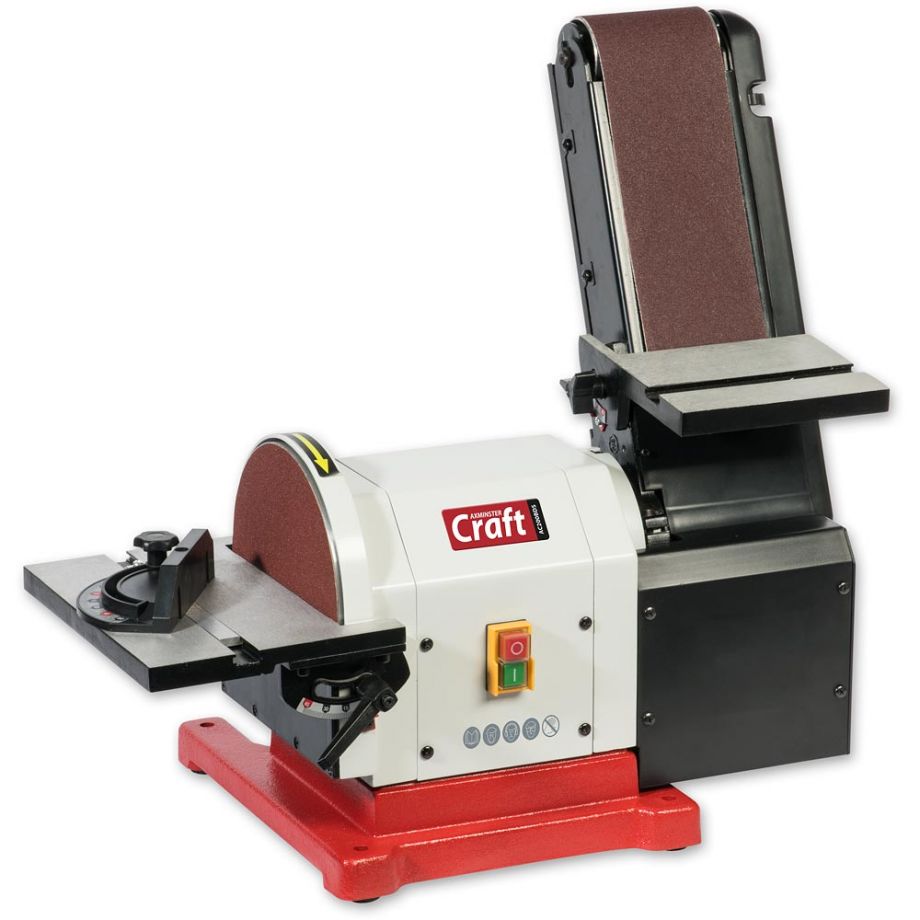I need some help: I have cut a piece of sapele from a board, and with the bandsaw I have “carved” two thick pieces that I will use to make a solid wood box (one for the box itself and one for the lid) and then flattened them with a planer and a drum sander.
I think that the majority of the blocks are actually end grain, with a thickness of 60mm. This is the piece of sapele from which the two pieces have been cut from:

My idea was to then apply a template and trim it at the router table:

However, even though there’s less than 2-3mm of waste around the template (I took a pass at the spindle sander), as soon as the router bites into the piece I have horrible kickback. There’s not even much tearout, I just manage to make a dent in the wood before the piece tries to fly away.
I am feeding the pieces freehand with paddles from right to left (I also use the “pivoty thingy” screwed on the router plate), I am using a template straight bit 50mm long, and for the first pass I’m using the bottom bearing - I plan to use the top bearing after I flip it to finish it.
I know the piece is quite thick, but that’s a requirement for both parts (the top will be domed and carved). The lid will have a rebate and dit inside the box opening.
It doesn’t matter what direction the wood comes in contact with the router, I always get kickback and I am scared of damaging the piece or - even worse - injure myself.
How can I successfully route it without risking the piece to fly away?
Thanks everyone in advance for the help.
I think that the majority of the blocks are actually end grain, with a thickness of 60mm. This is the piece of sapele from which the two pieces have been cut from:

My idea was to then apply a template and trim it at the router table:

However, even though there’s less than 2-3mm of waste around the template (I took a pass at the spindle sander), as soon as the router bites into the piece I have horrible kickback. There’s not even much tearout, I just manage to make a dent in the wood before the piece tries to fly away.
I am feeding the pieces freehand with paddles from right to left (I also use the “pivoty thingy” screwed on the router plate), I am using a template straight bit 50mm long, and for the first pass I’m using the bottom bearing - I plan to use the top bearing after I flip it to finish it.
I know the piece is quite thick, but that’s a requirement for both parts (the top will be domed and carved). The lid will have a rebate and dit inside the box opening.
It doesn’t matter what direction the wood comes in contact with the router, I always get kickback and I am scared of damaging the piece or - even worse - injure myself.
How can I successfully route it without risking the piece to fly away?
Thanks everyone in advance for the help.







